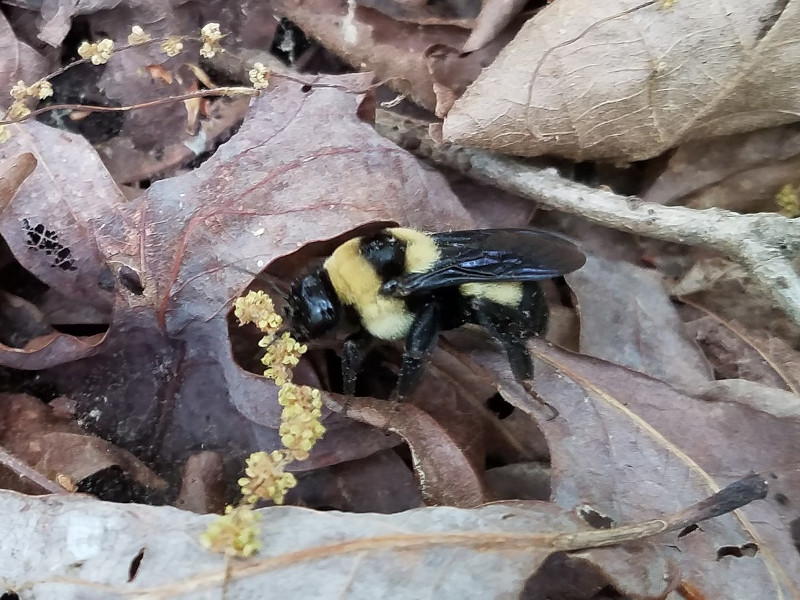
Southern Plains Bumblebee Facts
- The informative term of Southern Plains Bumblebee serves as the most frequently used common name for this invertebrate. For the moment, the intriguing insect has no other accepted general name. Though certainly not unknown, that’s uncommon.
- Among scientists, however, the insect’s better known by its technical moniker. Unlike many such titles, however, that’s a comparatively simple term for the layperson to pronounce. That’s because the seemingly delicate Arthropod bears the official title of Bombus fraternus.
- The remarkable creature received that relatively easy name due to the efforts of the respected British entomologist, Frederick Smith. He recorded the first recognition of the creature as a separate and distinct species. That scientifically noteworthy event took place in 1854.
- Regrettably, the population numbers of the beautiful Southern Plains Bumblebee appear to presently be dwindling rapidly. That sad situation also seems to hold true throughout the entirety of its known range. Accordingly, the IUCN currently lists it as Endangered.
- The wonder of Nature and evolution faces multiple threats to its continued existence as a species. Most of these stem either directly or indirectly from the actions of humans. They include the perils of habitat degradation or loss. It also faces the danger of climate change.
Related Articles
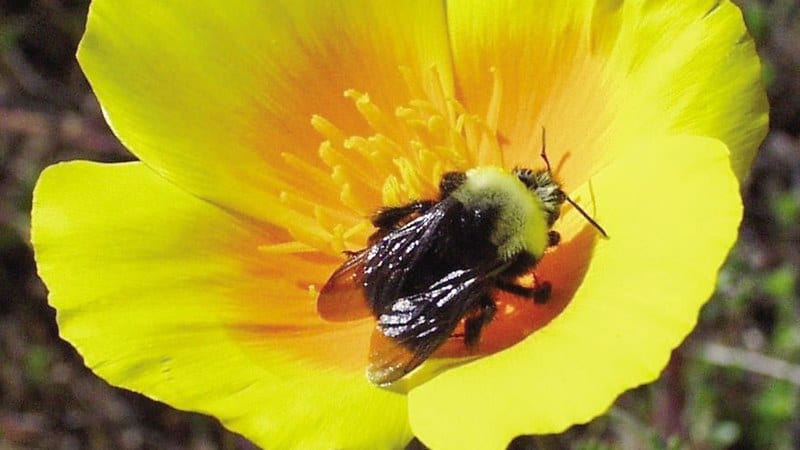
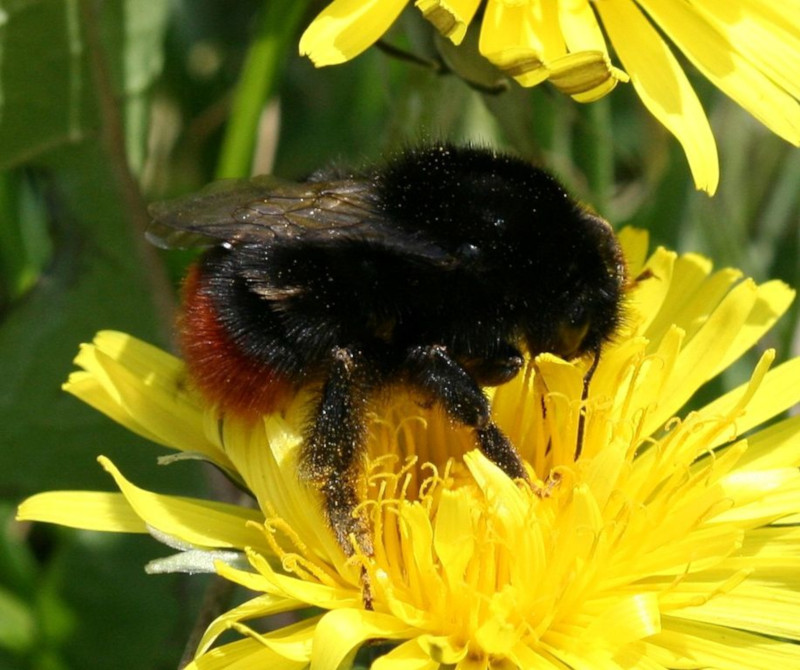
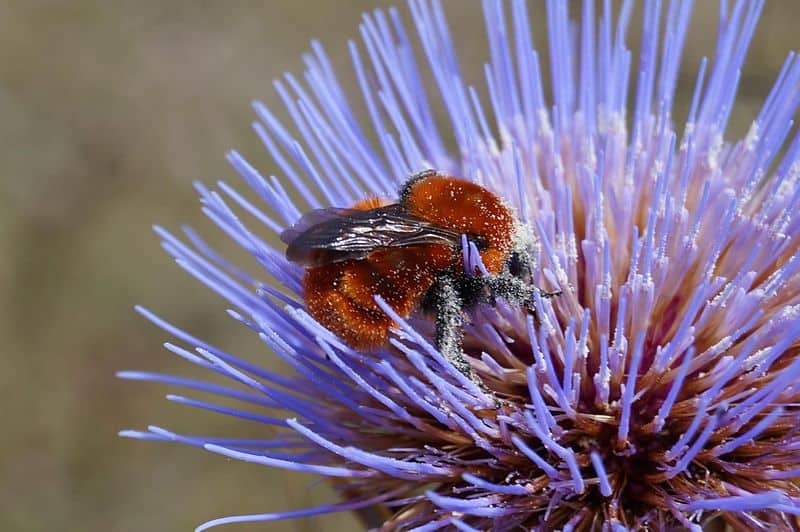
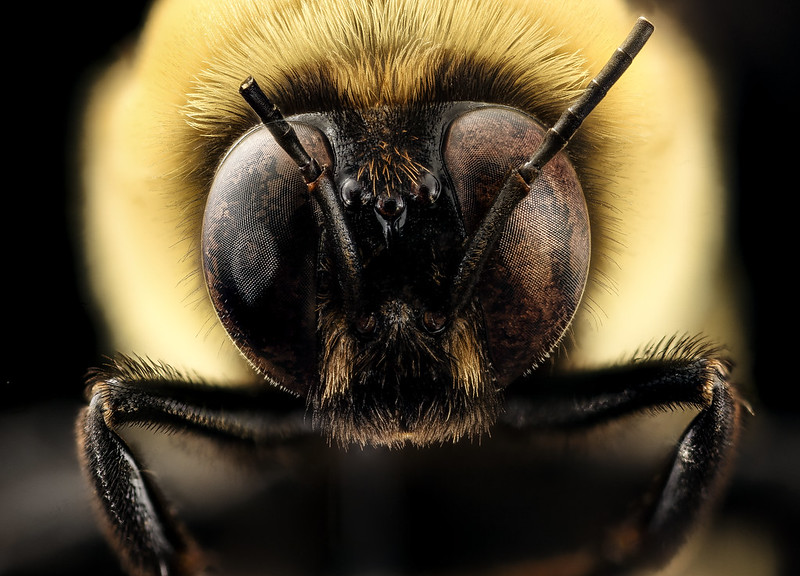
Southern Plains Bumblebee Physical Description
The fascinating Southern Plains Bumblebee constitutes a remarkable Arthropod, and stands out for a variety of reasons. That’s due partly to its distinctive appearance. Yet, it also separates itself from its kindred physically, as well. That’s because it’s a comparatively large example of its kind.
Like most bees, the insect also displays a somewhat moderate degree of the physiological characteristic of sexual dimorphism. Again following the pattern common to its kind, this trait manifests itself in terms of sheer body size. Like its relatives, the queen grows larger.
These typically attain an average body length that ranges from 0.97 – 1.07 in (2.5 – 2.7 cm). Males of the invertebrate, however, grow to a range of 0.85 – 1 in (2.2 – 2.5 cm) in length. Drones of the species, though, remain smaller. These individuals usually reach 0.56 – 0.75 in (1.5 – 1.9 cm) long.
In terms of its overall appearance, the wonder presents a primarily black background. Yellow bands do accentuate this, however. Those features extend laterally across the thorax and abdomen. This is yet another visual distinction from other varieties of bumblebees, along with its sheer size.
In coloring, the queens of the beautiful Southern Plains Bumblebee also display a small difference from males. These examples commonly possesses a relatively dense covering of fine hairs. These present both yellow and black shades. Those on the face and thorax typically show black.
Males of the species, meanwhile, show other minor physical differences from the females. Their eyes develop as signficantly larger, even in proportion to body size. They further manifest much longer antennae than the queens. These also often have more yellow between the wings.
- Kingdom: Animalia
- Phylum: Arthropoda
- Class: Insecta
- Order: Hymenoptera
- Family: Apidae
- Genus: Bombus
- Species: B. fraternus

Southern Plains Bumblebee Distribution, Habitat, and Ecology
The intriguing Southern Plains Bumblebee developed as endemic to a moderate range of the globe. The nature of that zone of habitation probably won’t surprise many people, though. That’s true since the very name of the amazing creature provides a clue to a part of that territorial range.
This wonder of nature evolved as native to a highly specific portion of North America. That’s part of the country of the United States. There, as the common clearly name implies, it primarily appears in the central and southern part of the nation. But, it’s also common in the southeastern areas.
It additionally evolved very specific preferences regarding its choice of habitat. Given its name, it’s obvious that the open plains regions comprise its favorite place to reside. Yet the insect also appears in a few other regions. These areas include various sections of grasslands and meadows.
It does, however, display flexibility in this regard when ncecessary. Due to this, in parts of its territory the insect lives in other types of environment. Thus, the populations in these zones sometimes make their homes in urbanized sections with sufficient available flora.
Much like most of its kindred, the Southern Plains Bumblebee typically lives in small colonies. Queens construct their nest underground. They do not dig their own, as a general priniciple, though. Instead, they are opportunistic, making use of readily available locations.
The intrepid Arthropod also feeds on a wide variety of native flora. These naturally vary across its native range. In fact, it’s known to seek its food from at least 20 different Families of flowering plants. This includes such plant species as bush clover and blanket flower, among others.
Species Sharing Its Range
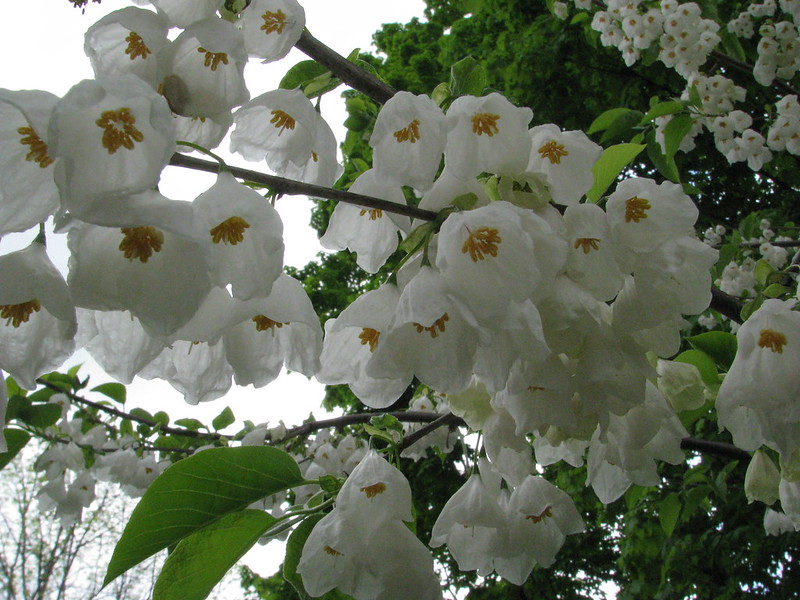
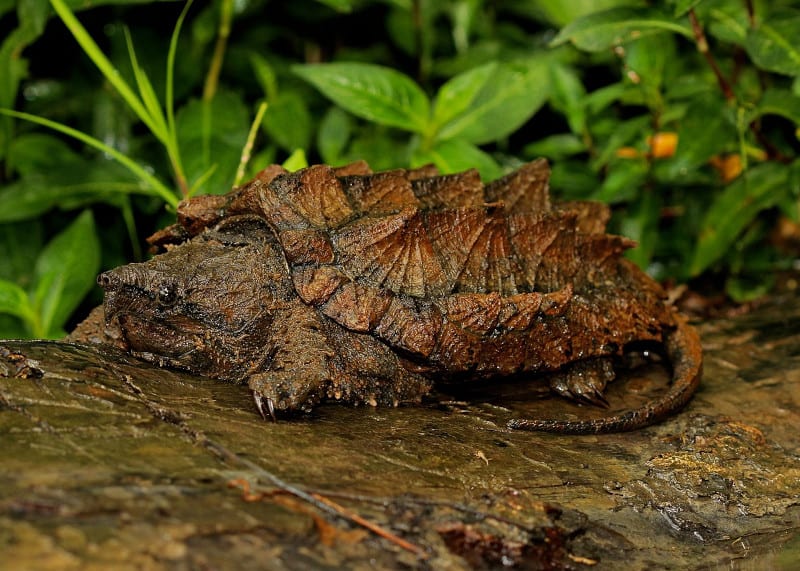

Check out our other articles on 3 Enchanting Marvels of Ethiopia, Striped Skunk, Gobi Desert, Vietnamese Mossy Frog, Snowflake Moray, European Honey Buzzard, Small Copper, Hermann’s Tortoise









Leave a Reply